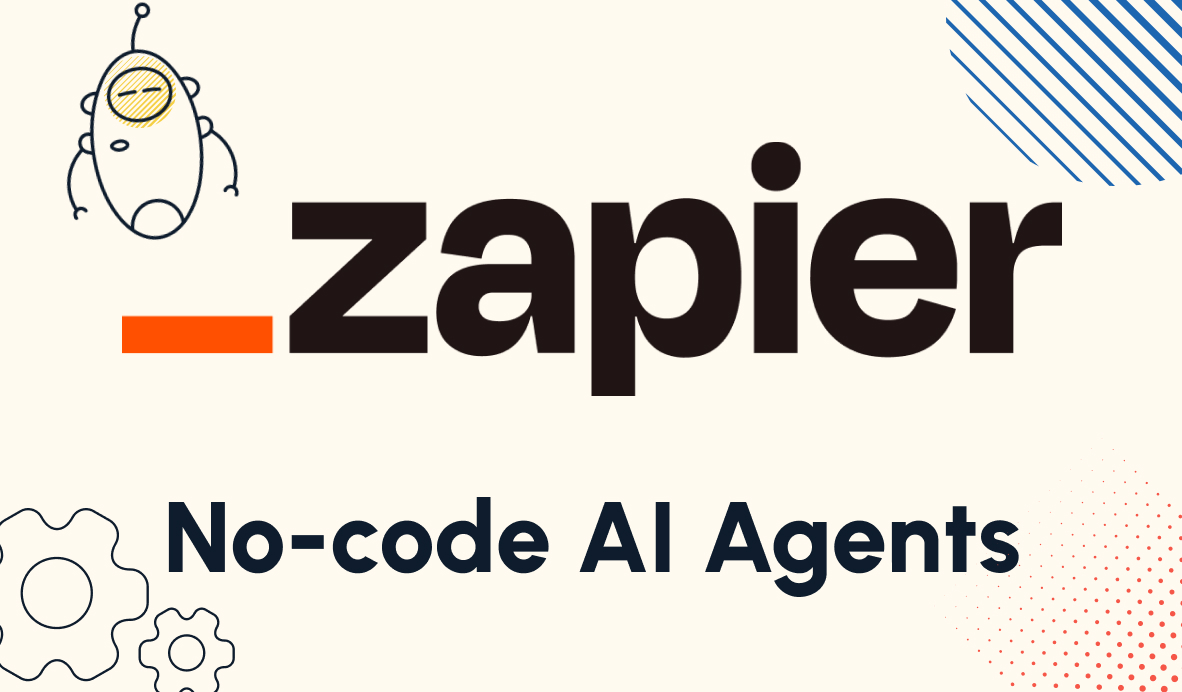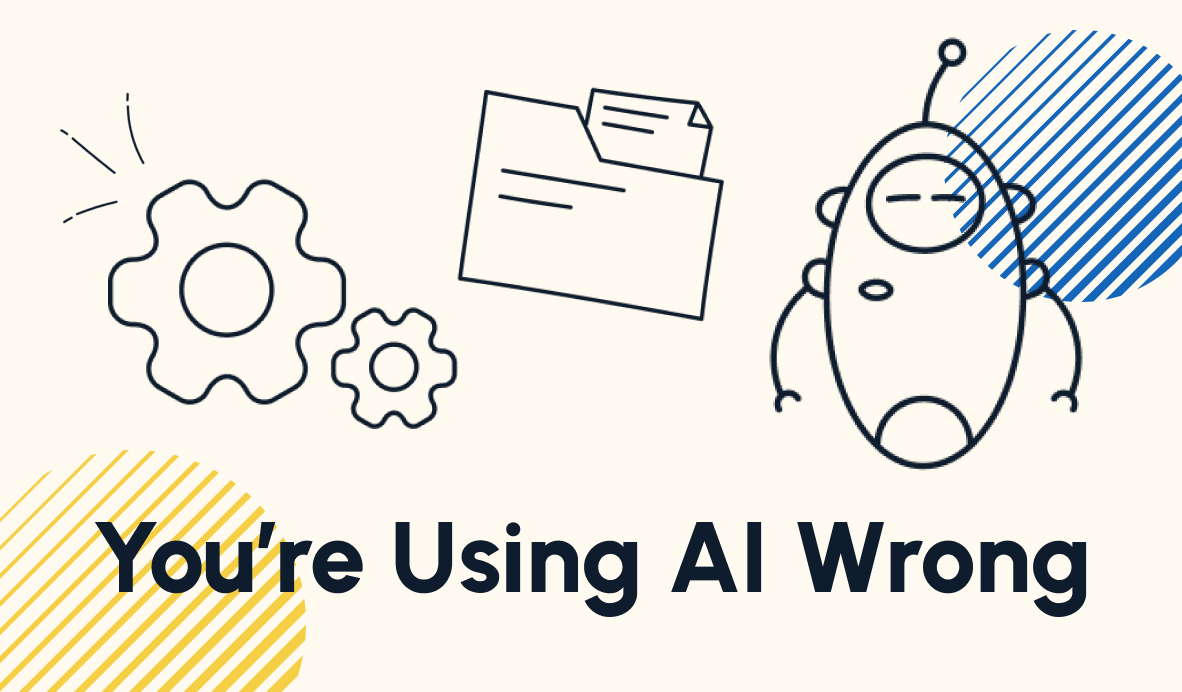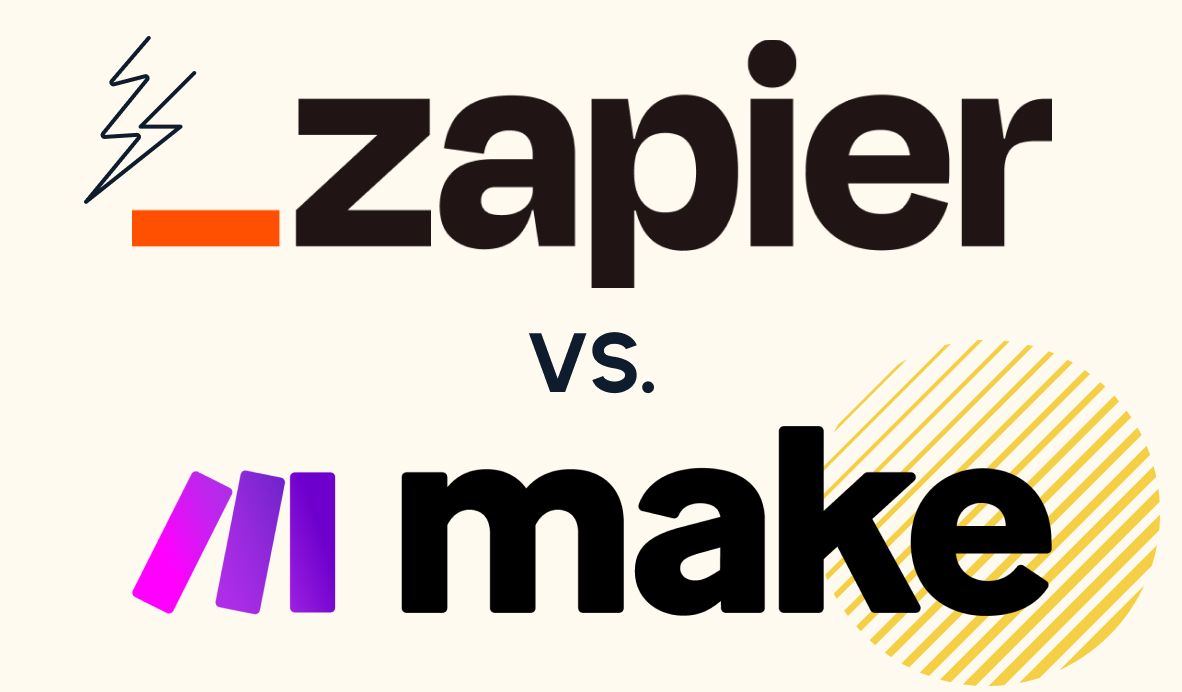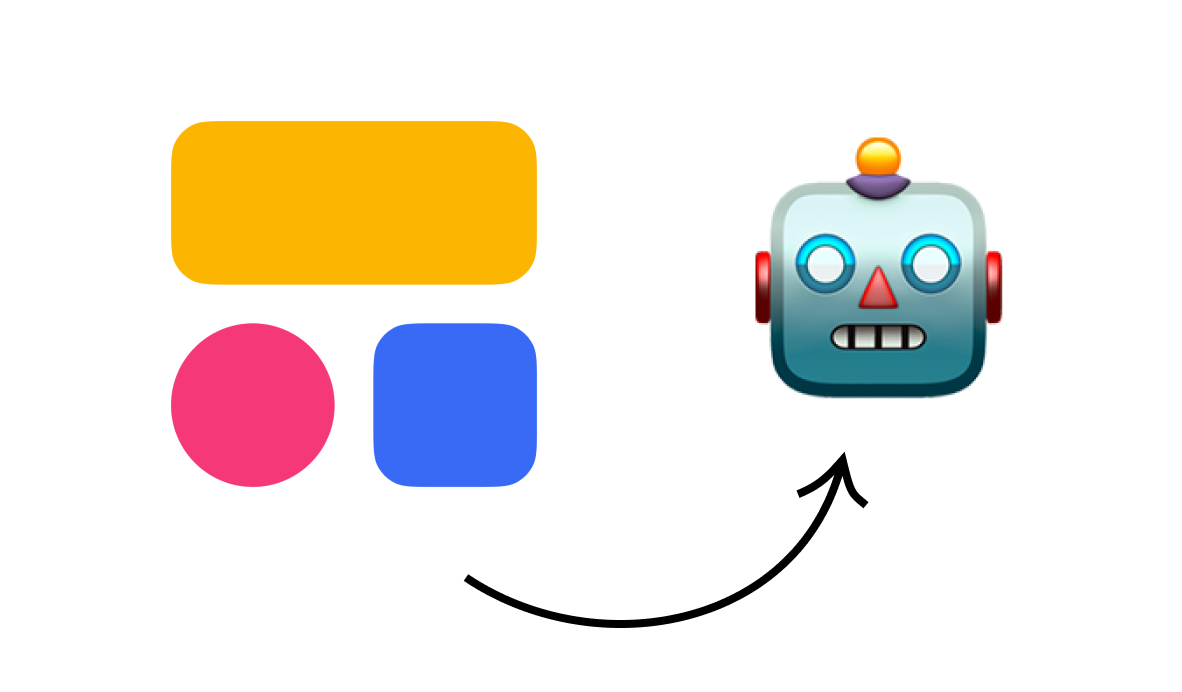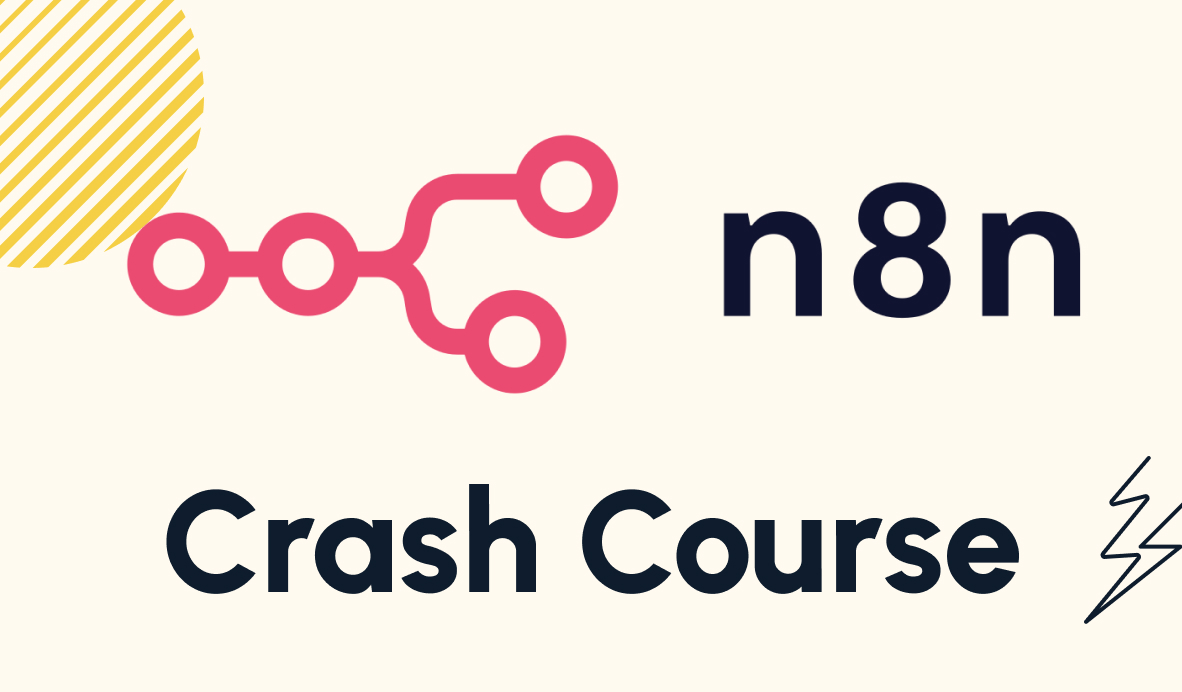Build Market-Ready Web Apps with This No-Code Tech Stack
Have an idea for a product, but don't know how to code? These no-code tools let you rapidly build and test a market-ready prototype.
August 11, 2025
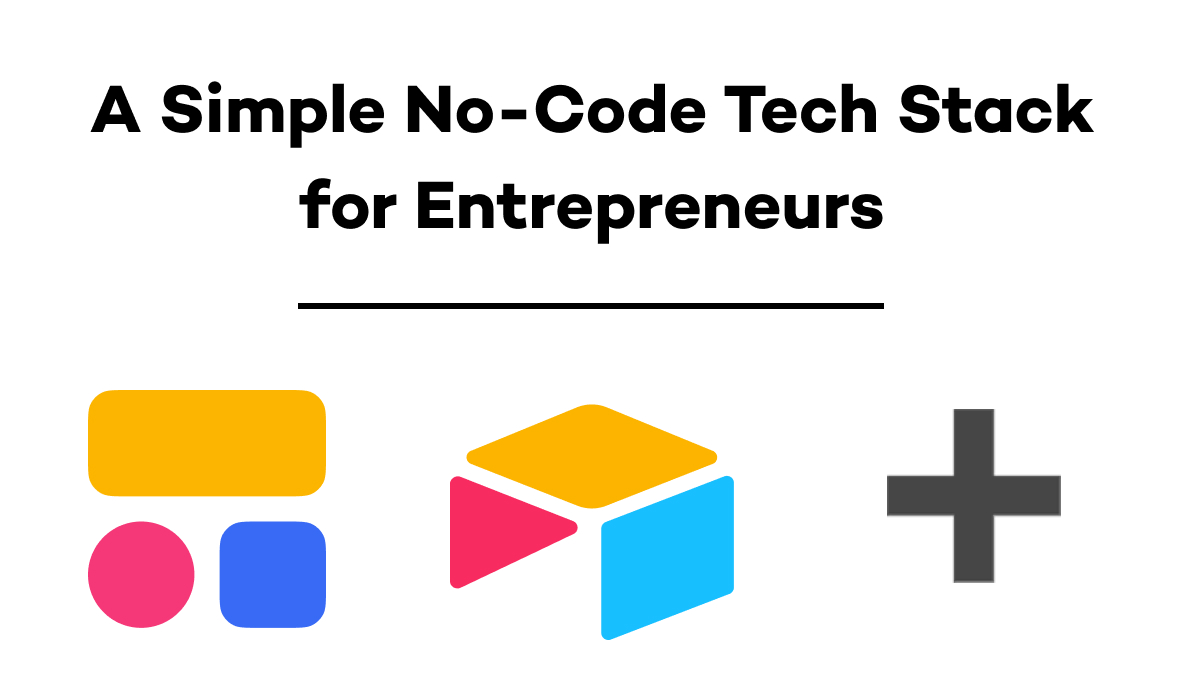
Want to ship a real, working web app in weeks – not months? You don’t need to hire a dev team or rack up technical debt. With the right no-code tech stack, you can go from idea to paid users fast.
Want the TL;DR?
Use Airtable for your backend, Softr for your frontend, and Zapier or Make for automations. Start simple, ship an MVP, iterate quickly.
Read on to understand why each of these tools is a powerful asset for building no-code systems.
What’s a “Tech Stack” (and why it still matters in no-code)
Even without writing code, your product still has the same kind of layers as a traditionally coded web app:
• Backend: where your data lives and the app’s logic runs (users don’t see this).
• Frontend: the interface users actually click, tap, and type into.
Both of these will be familiar terms to anyone who has some experience with software and product development. But when it comes to building a no-code product, there’s another key layer to consider.
• Automation layer: the no-code workflows that move data around and enable your app to run any actions you want.
Knowing which tool covers which layer makes it easier to pick alternatives, upgrade parts over time, and avoid frankensteined systems that are hard to maintain.
Backend: Airtable | Your friendly database with no-code superpowers
On the surface, Airtable looks like a spreadsheet. In practice, it’s a flexible database that’s perfect for early products and internal tools.
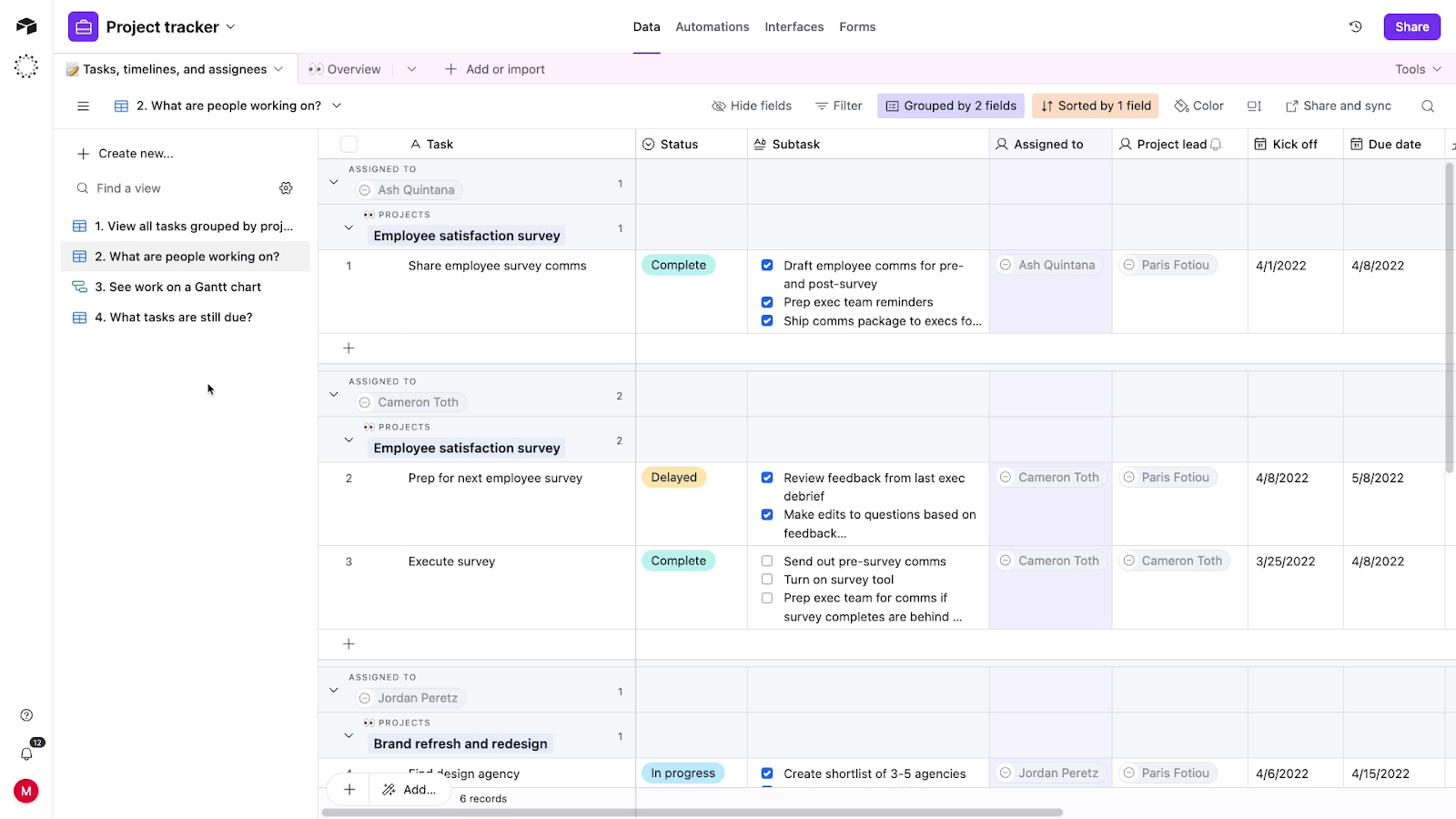
Why Airtable works for MVPs and no-code products
Views & filters keep your data auto-organized.
For instance, you could set up a view that only includes users who signed up within the last 365 days.
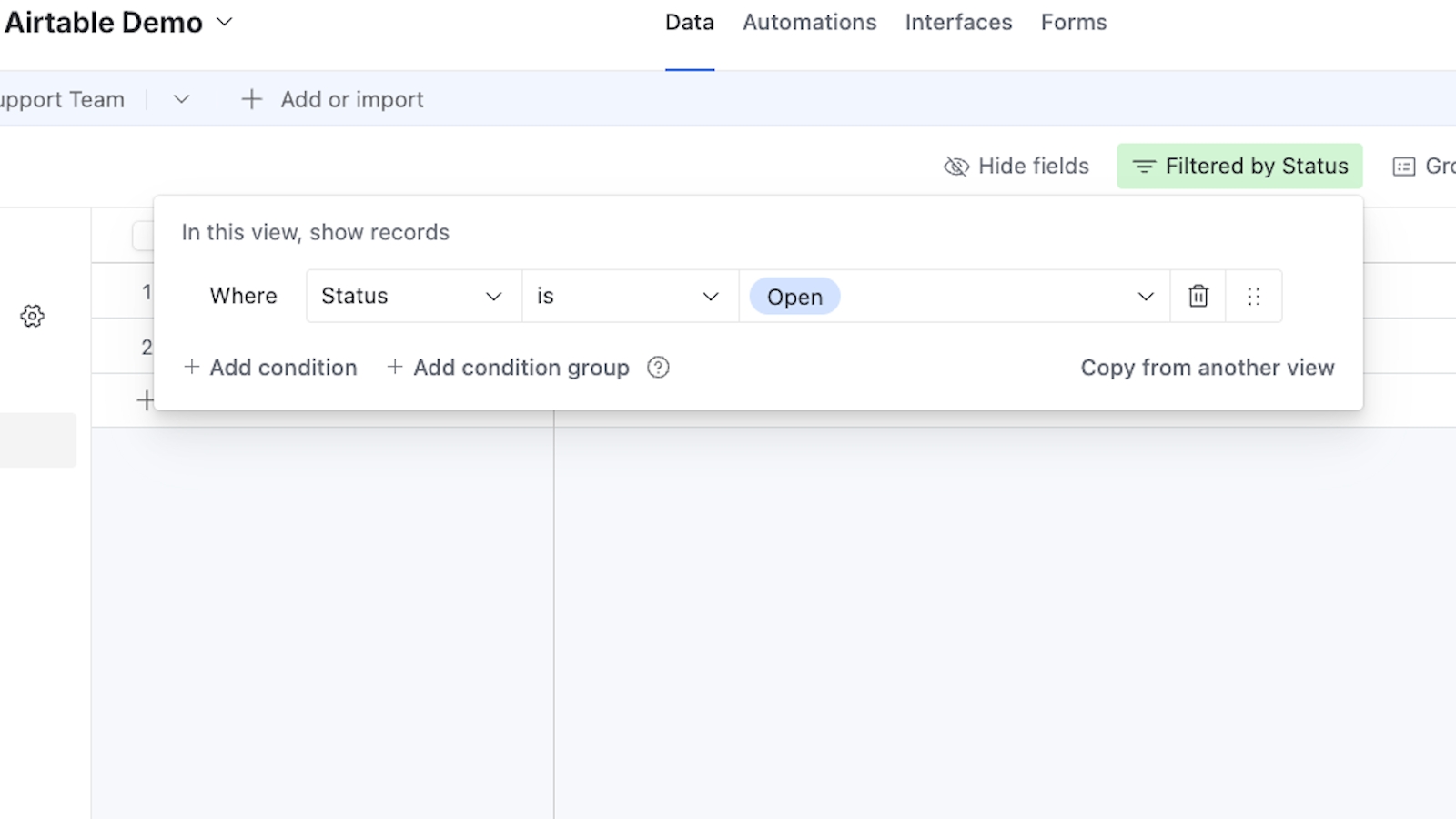
Every new user would appear in this view, and automatically leave it once they’ve been active over a year. No need to manually review and update each user’s history to keep things organized.
Linked records connect related tables without duplicate data.
Let’s say you’ve got three tables in your base: Users, Support Tickets, and Support Team. You could use linked records to connect each ticket to the user who submitted it, and to the team member assigned to assist.
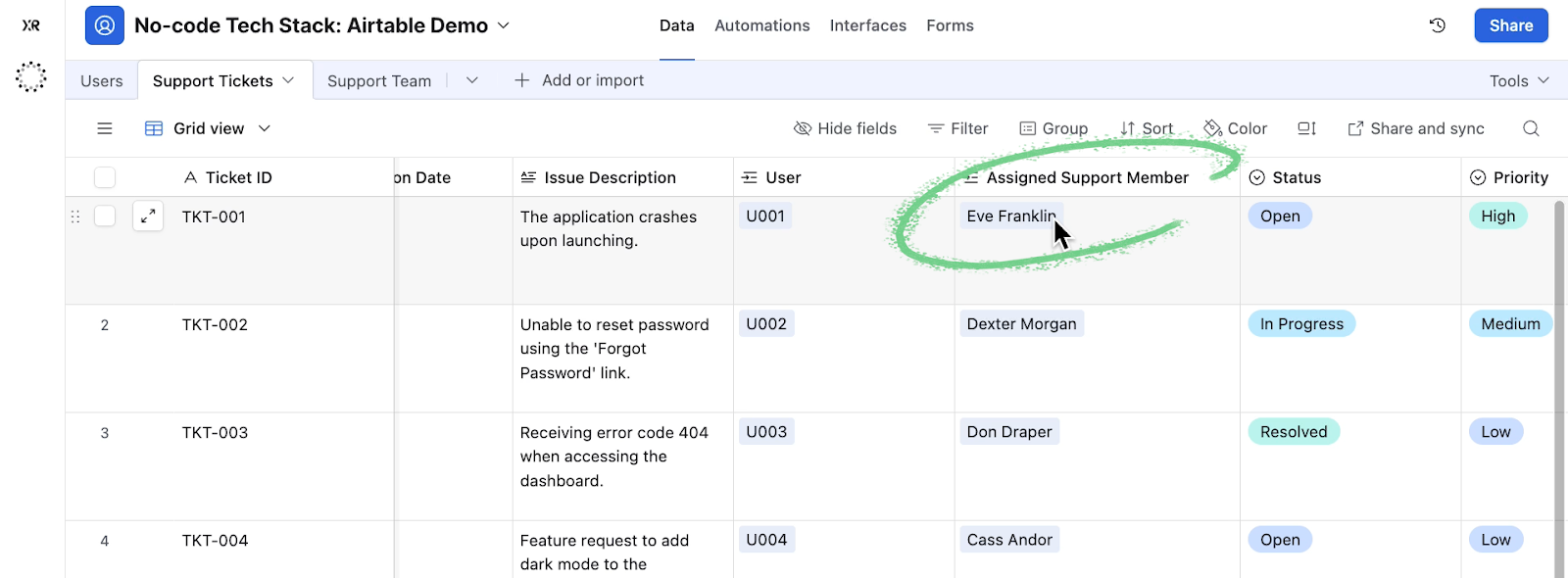
When you update the status of a ticket, you can see that information instantly reflected in every linked table.
Interfaces give you lightweight admin panels and inputs without extra apps.
Airtable’s interfaces give you a simple way to build client portals, or internal tools to manage your app and its data.
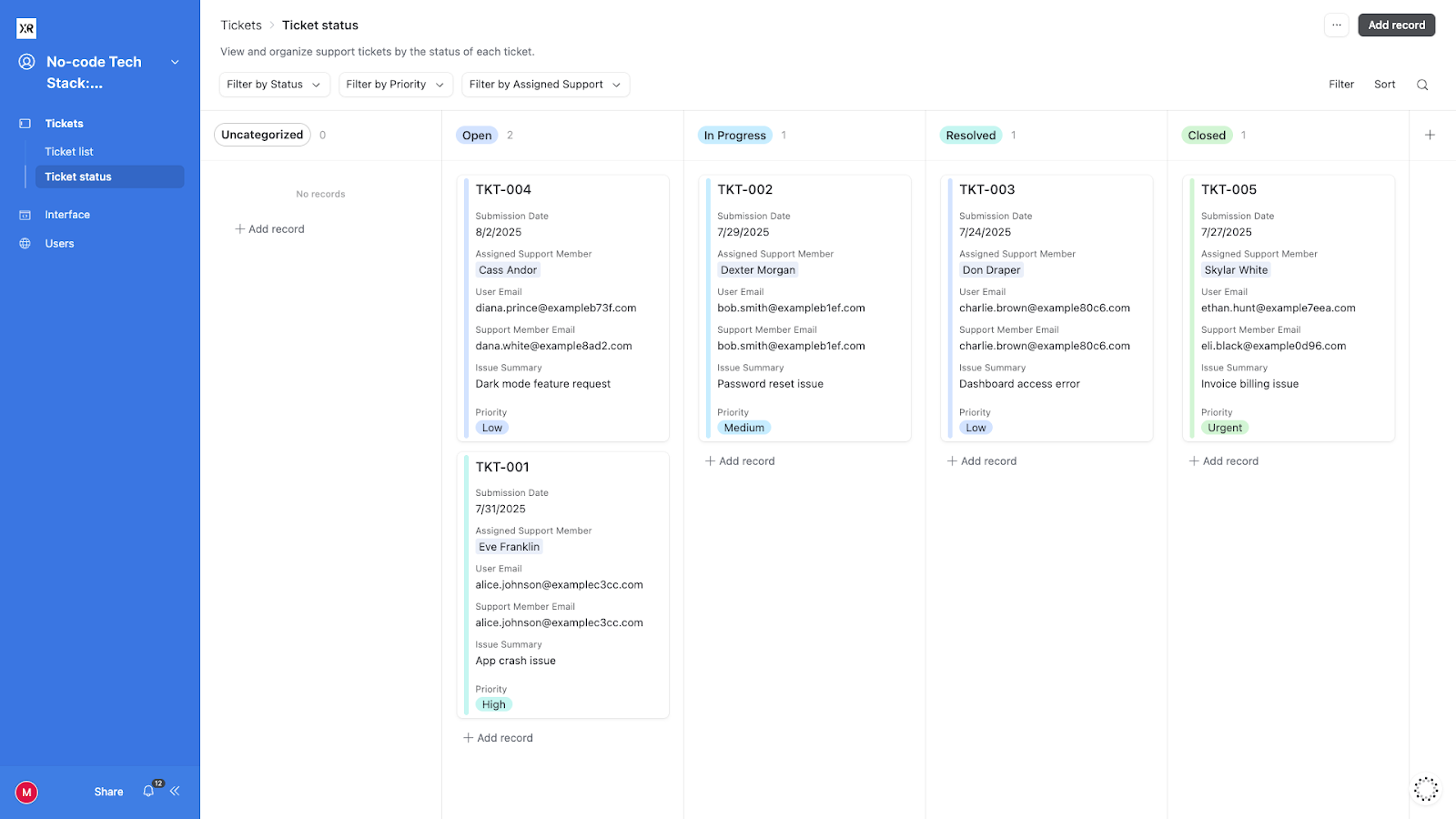
Automation-ready: Airtable plays nicely with third-party automators for advanced logic.
Airtable includes its own built-in automation tools, and connects easily to software like Zapier and Make (which we’ll cover more later on in this post).
Automations integrate seamlessly with your data, running in the background whenever a record meets certain conditions or enters one of your preconfigured views.
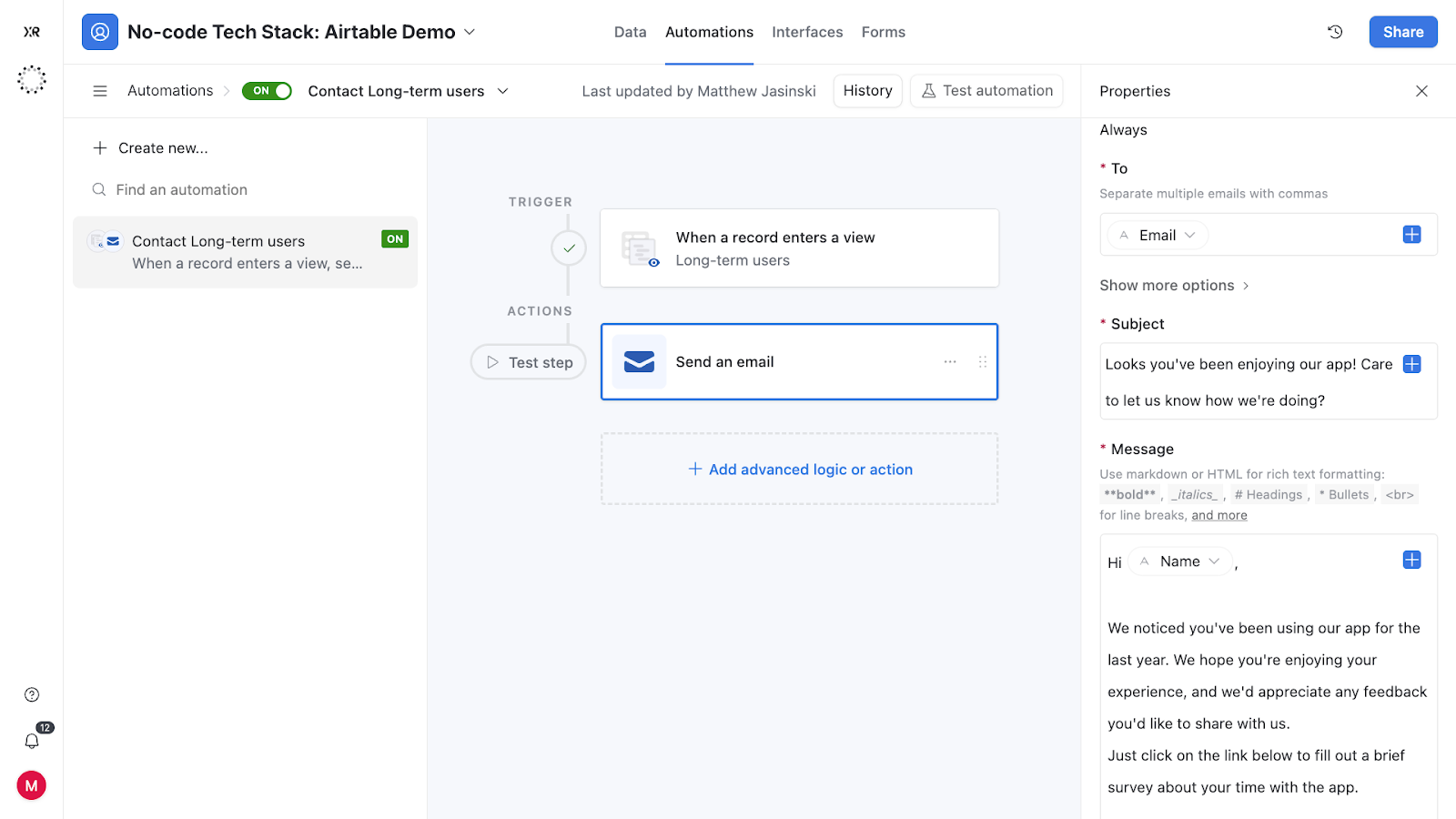
All in all, Airtable is an easy to use but deceptively powerful tool for storing and managing your data. If you want to see what it can do, just try it out for yourself today; Its robust free plan lets you see most of what the app has to offer without paying a dime.
To begin, you can check out our 2-part Airtable beginner’s guide. Part 1 is right here.
Important note for AI apps: Airtable is not a vector store. If you’re building a chatbot with RAG, use Pinecone or Supabase for embeddings and similarity search, and keep Airtable for operational data.
Frontend: Softr | Signup, accounts, payments, and more
Softr lets you build a production-ready frontend for portals and lightweight apps that you can stand up fast.
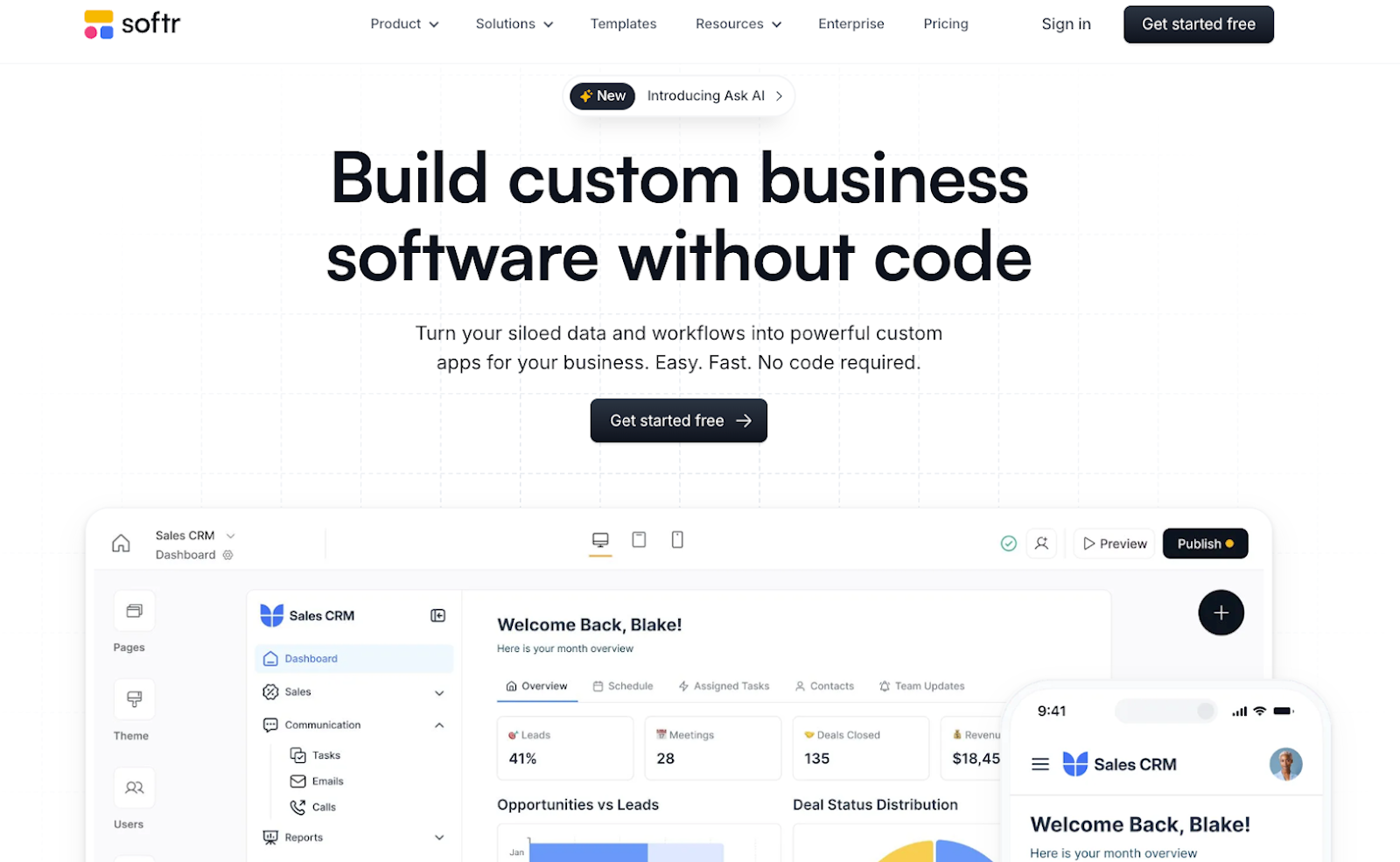
What you get out of the box
User signup & accounts
Softr handles account creation and login for you, giving you simple options like magic links and one-time codes to simplify everything.

Built-in payments
Softr includes a native Stripe integrations, which means you can charge for access from day one with a processor people already trust – and setup is easy.
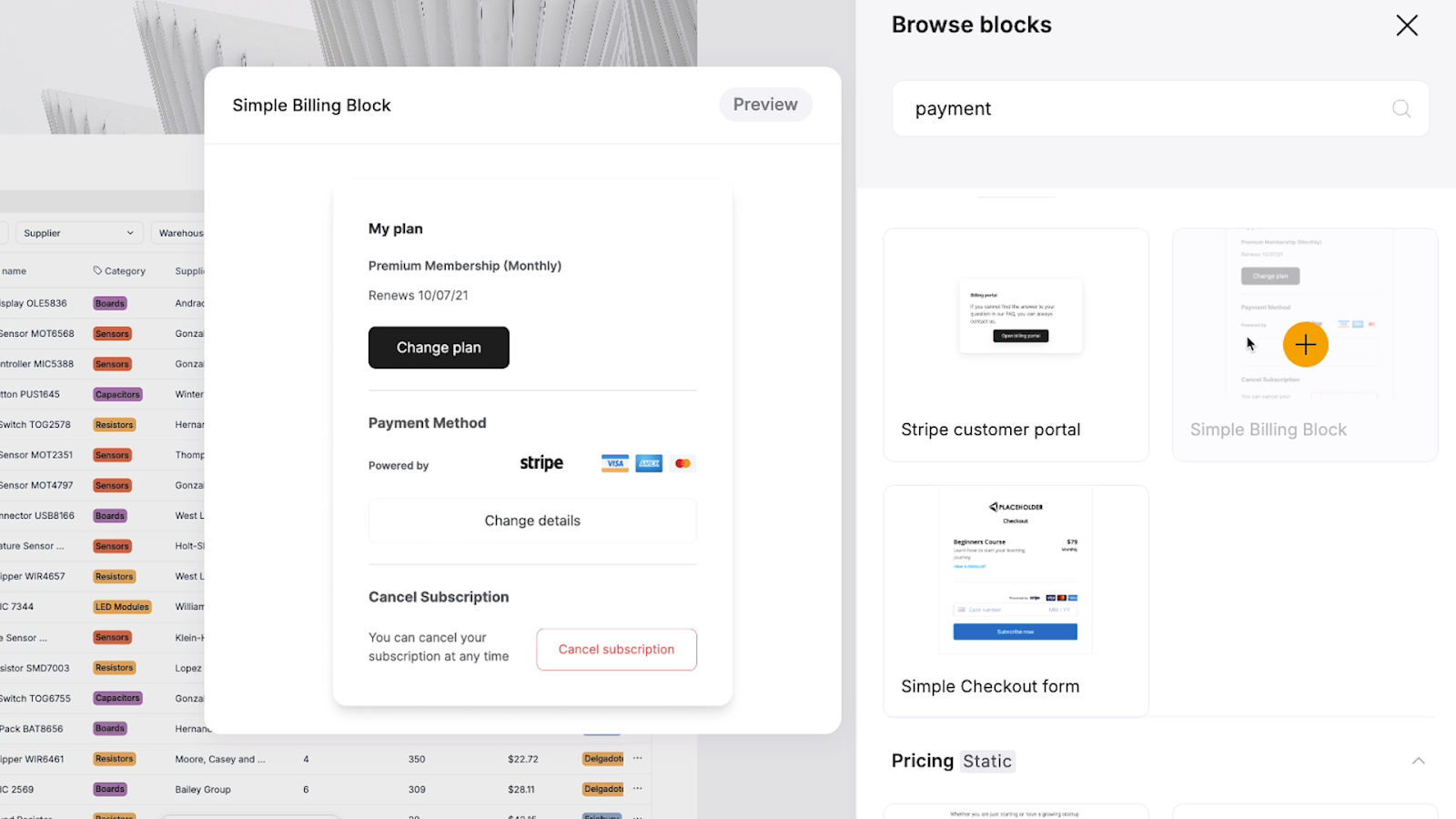
Direct connection to Airtable (and more).
Your Softr app can use Airtable as a data source, displaying records from your base for viewers to see as lists, profile pages, dashboards and more.
You manage data in Airtable; Softr renders it for users.

For additional data sources, Softr also supports apps like Hubspot, Notion, and SmartSuite.
Point Softr at your base and instantly surface records as lists, profile pages, dashboards, etc.
WYSIWYG where it counts
Add blocks, tweak copy, configure your settings, and ship. Softr’s intuitive UI makes it easy for anyone to build a web app.
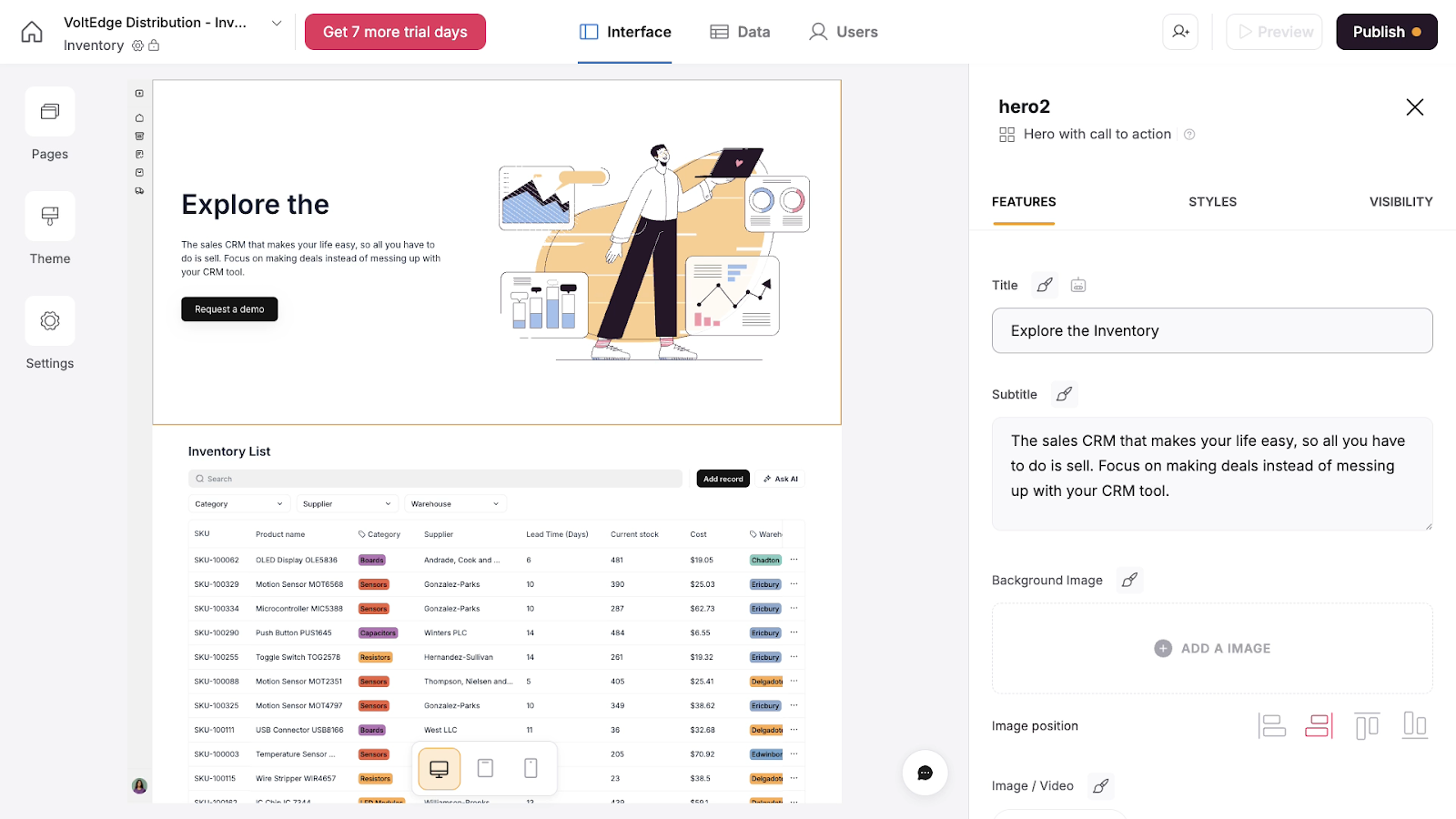
It’s not for pixel-perfect replicas of Figma designs and that’s the point – Softr optimizes for clear UX and data interaction over ornamental flourishes.
A real example: Debrief
At XRay, we built Debrief with Softr and Airtable (plus some automation that run in the background).
Our team uploads meeting recordings, then the system generates AI summaries and full transcripts.
Users can then log in and see their recordings.
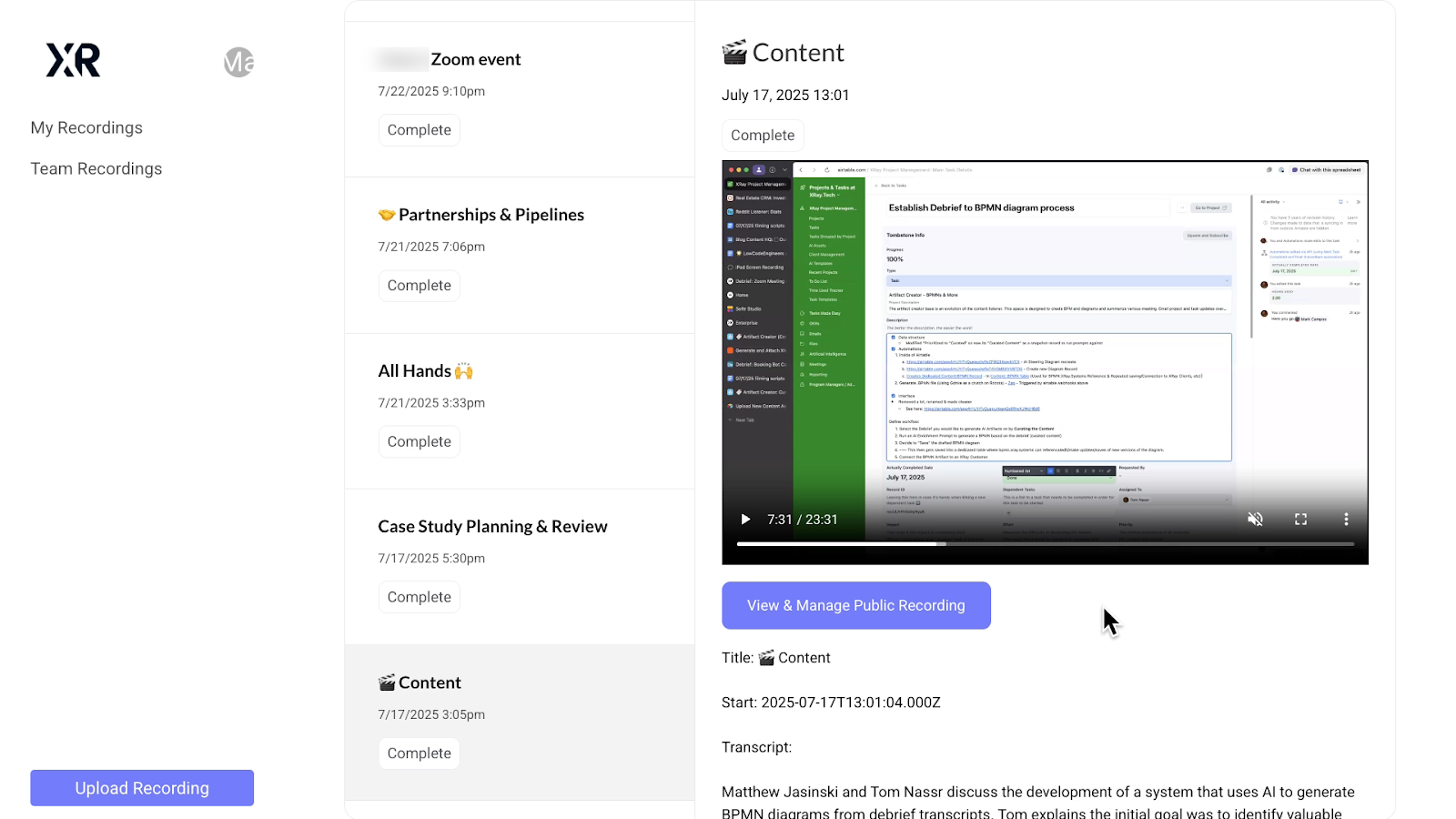
No custom frontend code; just a clean portal that does the job.
To get started, you can learn the basics of Softr in our Softr beginner’s guide.
Automations: Zapier & Make | The engines that do the work
Your database stores your app’s key information. Your frontend shows it. Automations built in software like Zapier and Make do the work behind the scenes.
What automations do for your prototype
Move data between apps
Need to send data about leads and deals from Hubspot to Slack? Want to send a Google Forms response to OpenAI for analysis and summary?
No-code automation providers let you move data between thousands of popular web apps, letting you manage all the information you need to build your MVP.
Apply logic
With tools like Zapier and Make, you can apply conditional logic and flow control to your app without writing code.
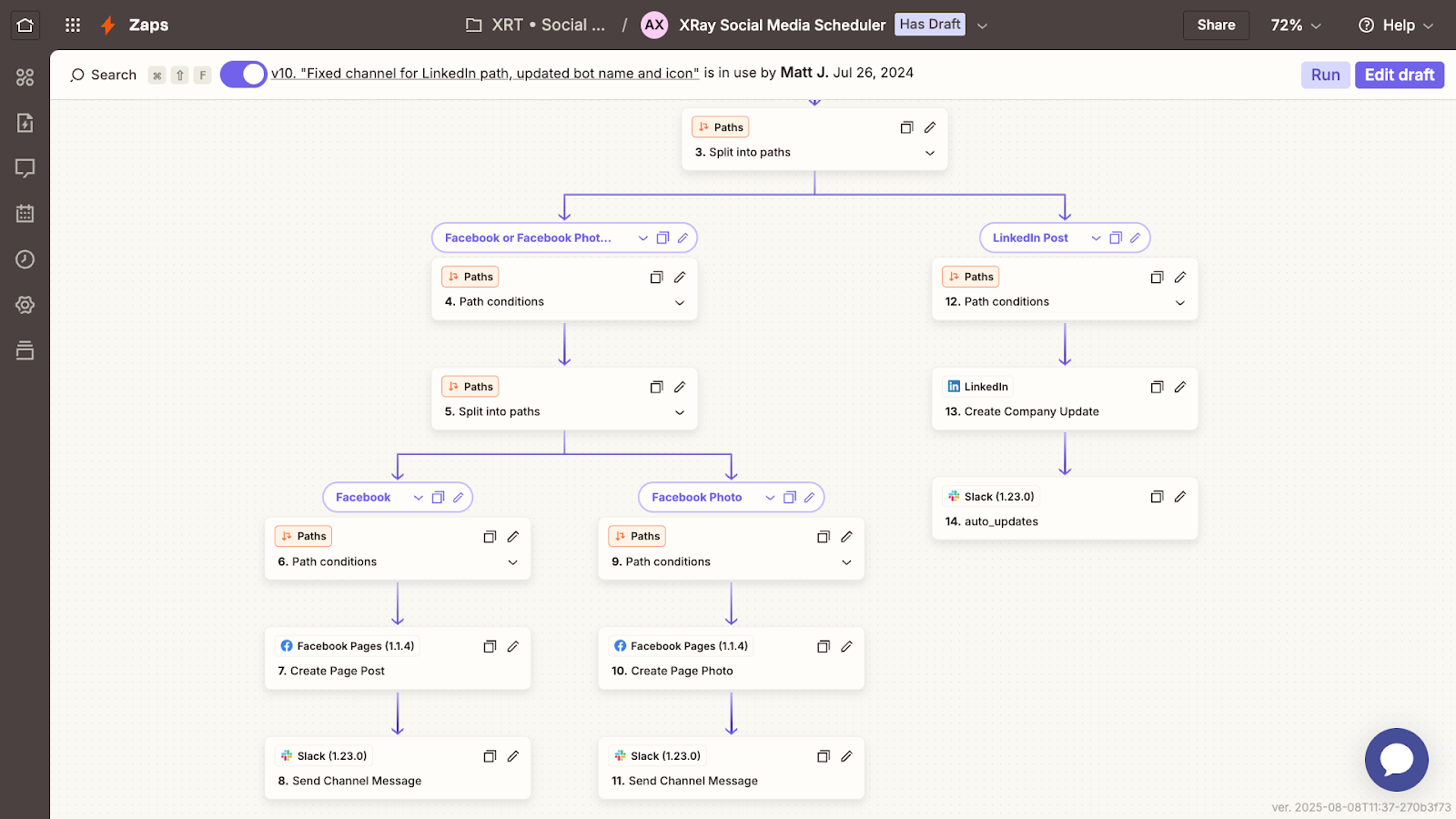
Features like if/then statements, branching paths, loops, and more are all included, making it easy to build a dynamic app that responds accordingly to different circumstances.
React to events immediately and automatically
Never let a new sign-up or help request go unnoticed again.
With automations, you can ensure instant follow-up for important events, ranging from user onboarding to customer support and everything in between.
Automation example: creating transcriptions
To create the AI transcriptions and summaries that power Debrief, we use multiple no-code automations.
Here’s a simplified illustration of how it all works:
• Zapier triggers when a Zoom recording is uploaded to the cloud
• The new recording is sent to OpenAI for a full transcription and summary
• The transcription and summary are logged in an Airtable database
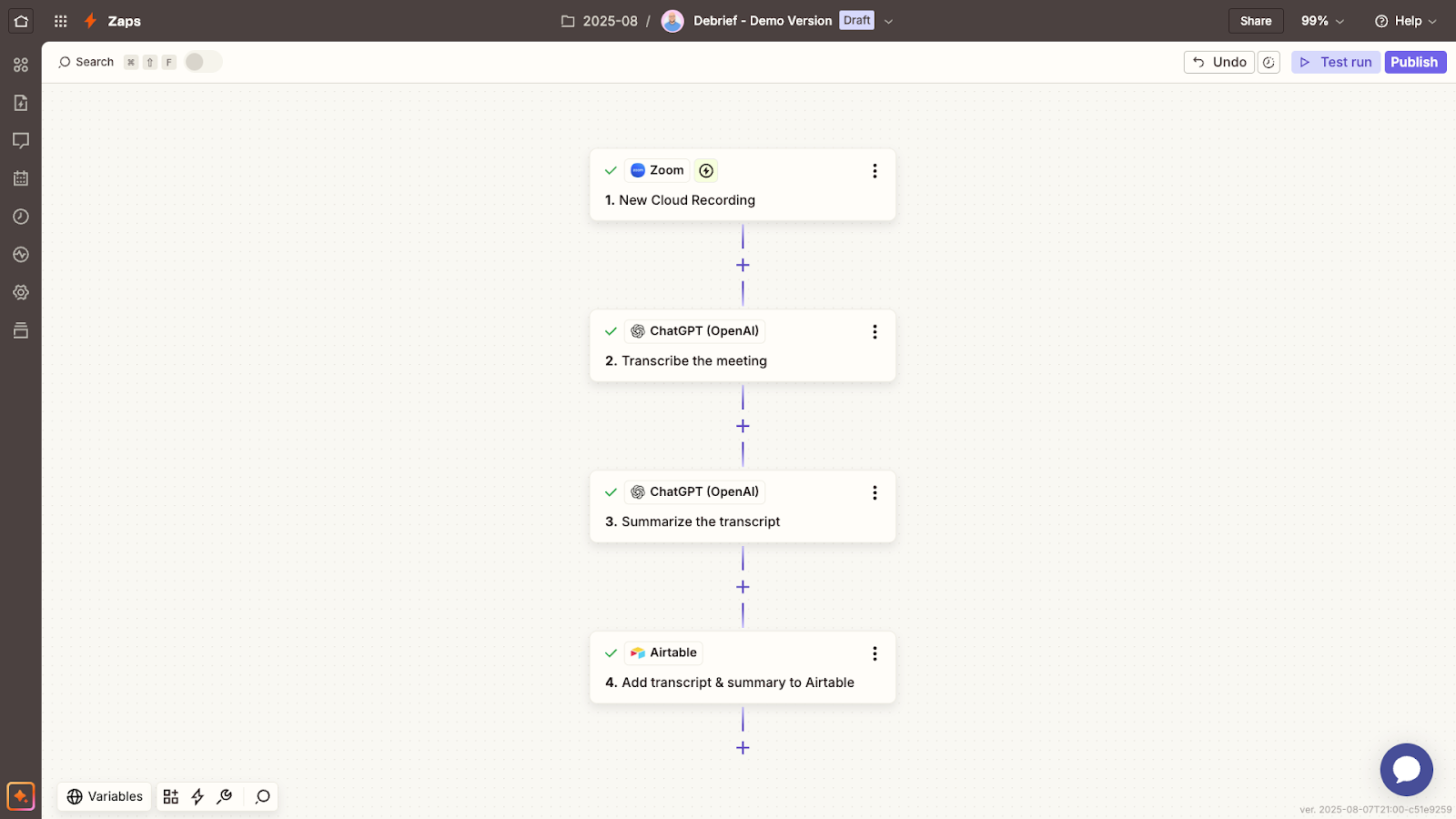
The Debrief Softr app is connected to the Airtable base, letting it display recordings and transcripts to logged-in users.
The whole process is completely seamless – our team just has to click “Record” on a Zoom call, and Zapier takes care of the rest.
Why not just Airtable Automations?
Airtable’s built-ins are solid, but limited. Zapier and Make offer a completely different level of breadth and muscle.
Airtable has about 20 integrations available for automation.
In contracts, Make connects with nearly 3,000 apps, and Zapier has integrations for over 8,000.
In essence, Airtable probably supports some of the apps you use every day.
But Make and Zapier likely support them all – as well as any app you might use in the future.
The custom script block in Airtable enables you to write API calls to any app you want, but that’s a much more technical process than simply building a no-code automation.
When Airtable can’t automate something (or can’t do it without code), you offload it to Zapier/Make.
Zapier vs. Make (quick take)
Zapier and Make are very similar apps offering comparable functionality for most common use cases. If you’re not sure which to build with, you can check out our full comparison in this post.
Learn how to use Zapier and Make
To get started with no-code automation, you can check out our beginner’s guides for both platforms.
Swap parts as you grow
One of the key benefits of a no-code tech stack is modularity. Once you understand your layers, you can upgrade one piece at a time to better suit your needs. For example:
• Try Webflow instead of Softr for your frontend if you want more precise control over the design
• Use Pipedream as a developer-friendly automation platform.
No big-bang rebuilds required – just targeted improvements.
Need a speed boost?
All of these tools are DIY-friendly, but expert guidance can compress weeks into days. With LowCodeEngineers.com, you’ll get a hand-picked engineer in less than 48 hours, bookable by the hour, and we guarantee progress each session – whether you need help with Zapier, Make, Airtable, Softr, or other low-code apps.
Agility matters more than perfection
Entrepreneurship rewards momentum. Ship something people can use today, get feedback tomorrow, and improve next week. With Airtable, Softr, and Zapier/Make, you can move fast – without writing a line of code.


